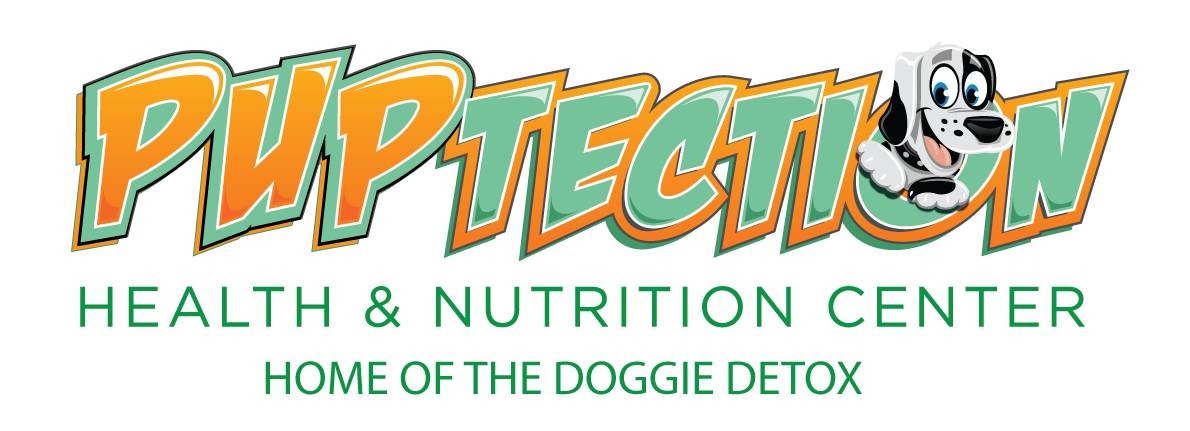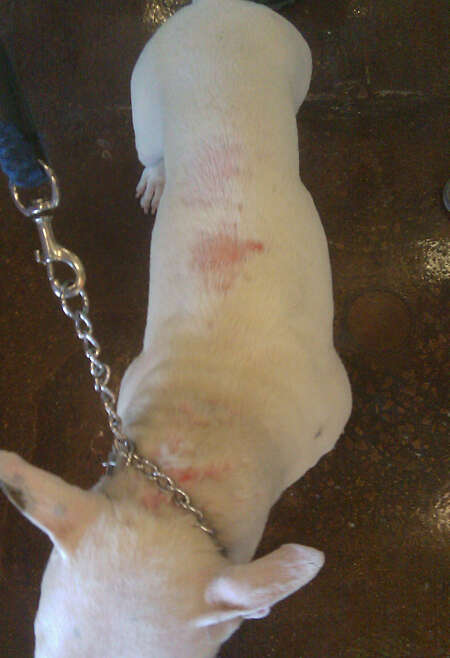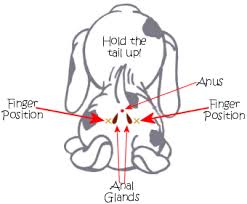No products in the cart.


Hot Spots on Dogs: Causes, Prevention, and Treatment
Hot spots, or acute moist dermatitis, are painful, inflamed skin lesions that can appear suddenly on dogs. These moist, irritated areas can quickly worsen, causing significant discomfort for your dog. In this article, we’ll cover the causes, prevention, and treatment of hot spots, along with helpful strategies to keep your dog’s skin healthy and comfortable.
What Are Hot Spots on Dogs?
Hot spots on dogs are areas of red, inflamed skin that become moist, oozy, and can sometimes become infected. They develop due to excessive licking, biting, or scratching of the skin, often caused by underlying health issues like allergies or infections. The constant irritation breaks down the skin, leading to inflammation and the risk of infection.
Common Causes of Hot Spots
Several factors can lead to the development of hot spots on dogs:
- Allergies: Food or environmental allergies can cause itching, leading to excessive scratching and hot spots.
- Parasites: Fleas, ticks, and mites irritate the skin, prompting your dog to scratch and bite, potentially causing hot spots on dogs.
- Matted Fur: Dogs with thick or long fur are more prone to hot spots, especially if their fur traps moisture, dirt, and bacteria close to the skin.
- Skin Infections: Bacterial or fungal infections can exacerbate skin irritation, leading to hot spots on dogs.
- Pain or Discomfort: Arthritis, joint pain, or any other underlying condition may lead to compulsive licking or biting of certain areas, resulting in hot spots.
Symptoms of Hot Spots on Dogs
Hot spots on dogs are easily recognizable due to their distinct appearance. Common symptoms include:
- Red, inflamed skin: The affected area becomes swollen and visibly irritated.
- Moist, oozing sores: Hot spots are typically wet and ooze fluid, making them susceptible to infection.
- Excessive licking or biting: Dogs constantly lick or chew the area, which worsens the condition.
- Hair loss: The fur around the affected area may fall out or be removed due to constant scratching.
- Foul odor: Untreated hot spots can emit an unpleasant smell due to bacterial infection.
Key Benefits of Early Detection and Treatment
Addressing hot spots early offers several key benefits:
- Prevents the spread of infection: Early treatment helps stop bacterial infections from worsening or spreading.
- Reduces pain and discomfort: Quick intervention alleviates itching and inflammation, reducing your dog’s distress.
- Speeds up healing: Prompt treatment ensures faster recovery and minimizes the risk of further complications.
- Lowers treatment costs: Early action may prevent the need for more expensive treatments later.
- Improves overall well-being: Treating hot spots also addresses the root cause, improving your dog’s overall health.
Prevention Strategies for Hot Spots
Preventing hot spots on dogs is crucial, especially for dogs prone to skin issues. Here are key strategies:
- Regular Grooming: Brush your dog’s coat regularly, especially for long-haired breeds, to prevent mats that trap moisture and bacteria.
- Flea and Tick Control: Keep your dog protected with flea and tick preventatives, as parasites are a common cause of hot spots.
- Treat Allergies: Identify and treat any food or environmental allergies with the help of your veterinarian to minimize skin irritation.
- Keep Your Dog Active: Provide regular exercise and mental stimulation to prevent boredom, which can lead to excessive licking or chewing.
- Monitor Skin Health: Regularly check your dog’s skin for signs of irritation, especially during warmer months when hot spots are more common.
Treatment Options for Hot Spots
If your dog develops a hot spot, the following steps can help manage and treat the condition:
- Clean the Affected Area: Trim the fur around the hot spot and gently clean the area with a mild antiseptic solution to reduce bacteria.
- Apply Topical Treatments: Use vet-recommended creams or sprays to reduce inflammation and soothe the skin.
- Prevent Licking and Scratching: An Elizabethan collar (cone) may be necessary to stop your dog from further aggravating the area.
- Identify the Cause: Consult your veterinarian to determine the underlying cause, whether it’s allergies, parasites, or another issue.
- Administer Antibiotics (If Needed): For severe infections, your vet may prescribe oral or topical antibiotics.
Conclusion: Help Your Dog’s Skin Thrive with Glisten K9
Hot spots are a common but preventable condition that can cause significant discomfort for your dog. By addressing the root cause, whether it’s allergies, parasites, or grooming issues, you can keep your dog’s skin healthy and prevent future hot spots. Regular care and early detection are key to avoiding the pain and complications associated with this condition.
For optimal skin and coat health, consider adding Glisten K9: Best Premium Skin and Coat Supplement to your dog’s routine. Packed with essential nutrients, Glisten K9 helps nourish your dog’s skin, reduces inflammation, and promotes a shiny, healthy coat. By supporting your dog’s skin health from within, Glisten K9 works to prevent common issues like hot spots and itching before they start.


